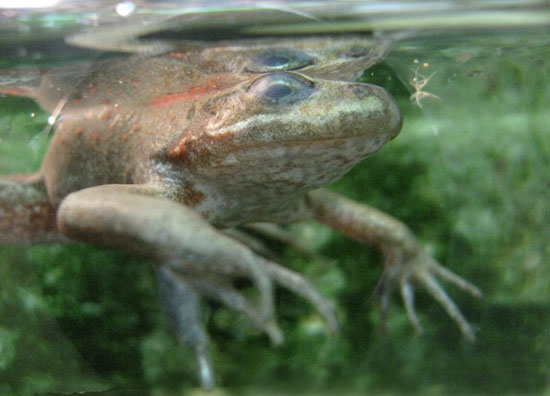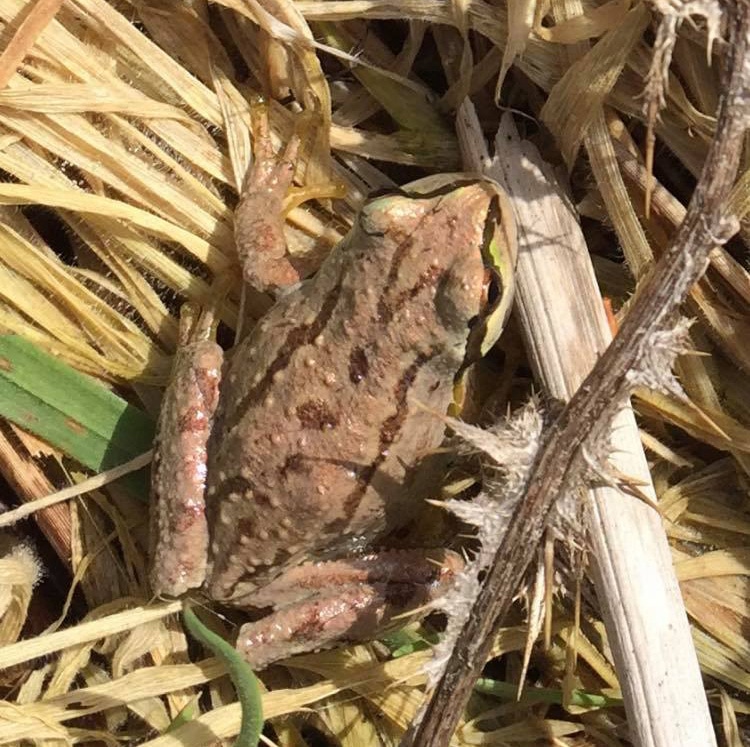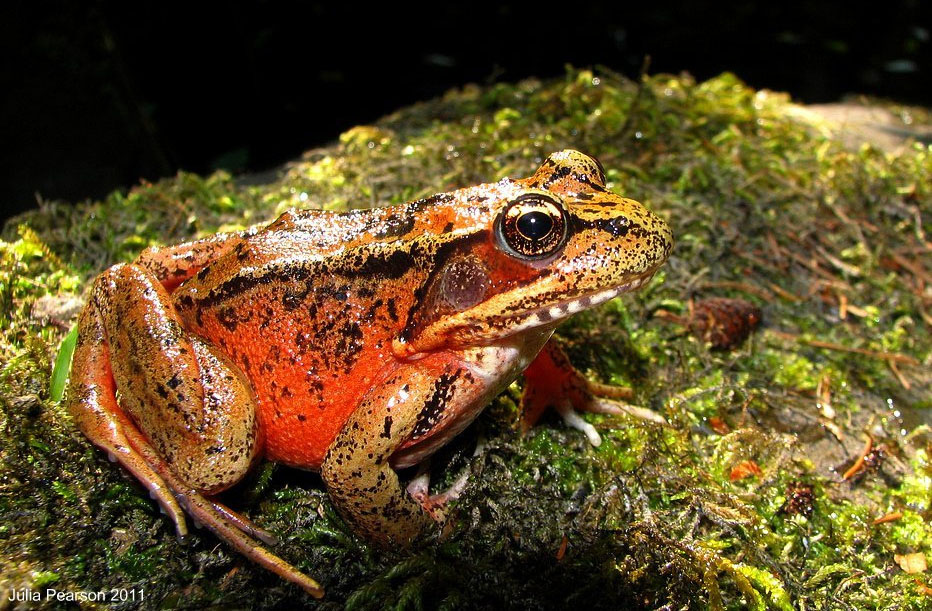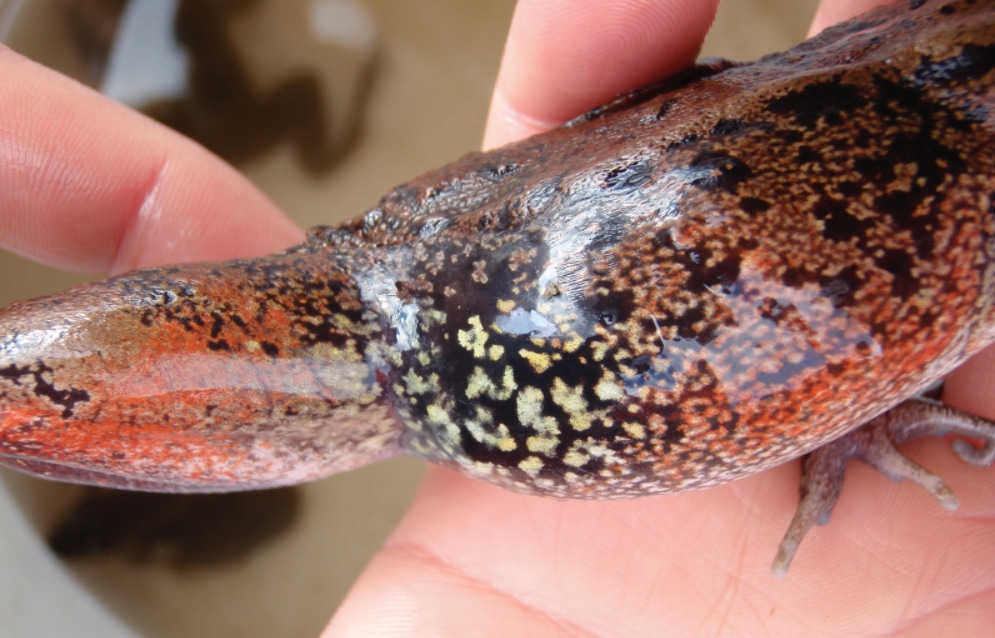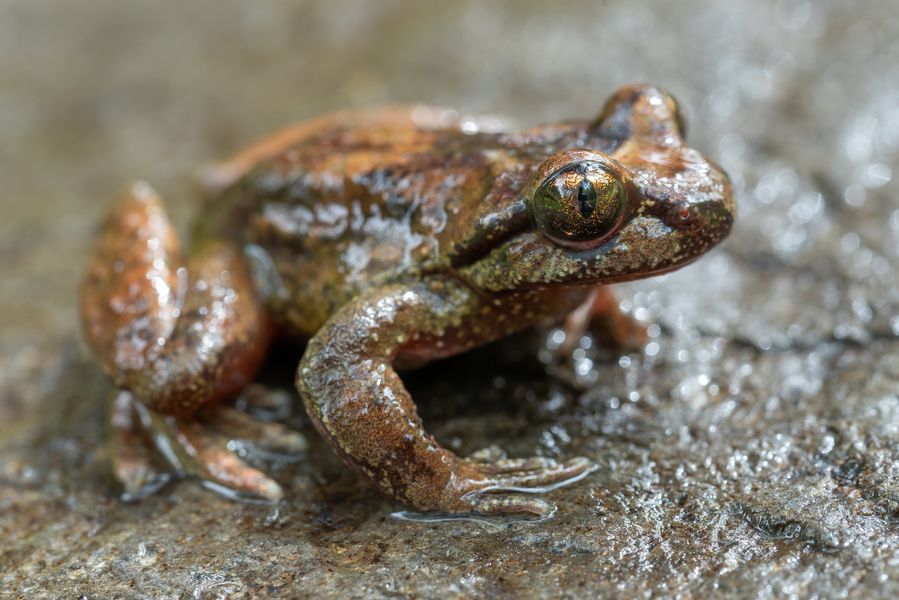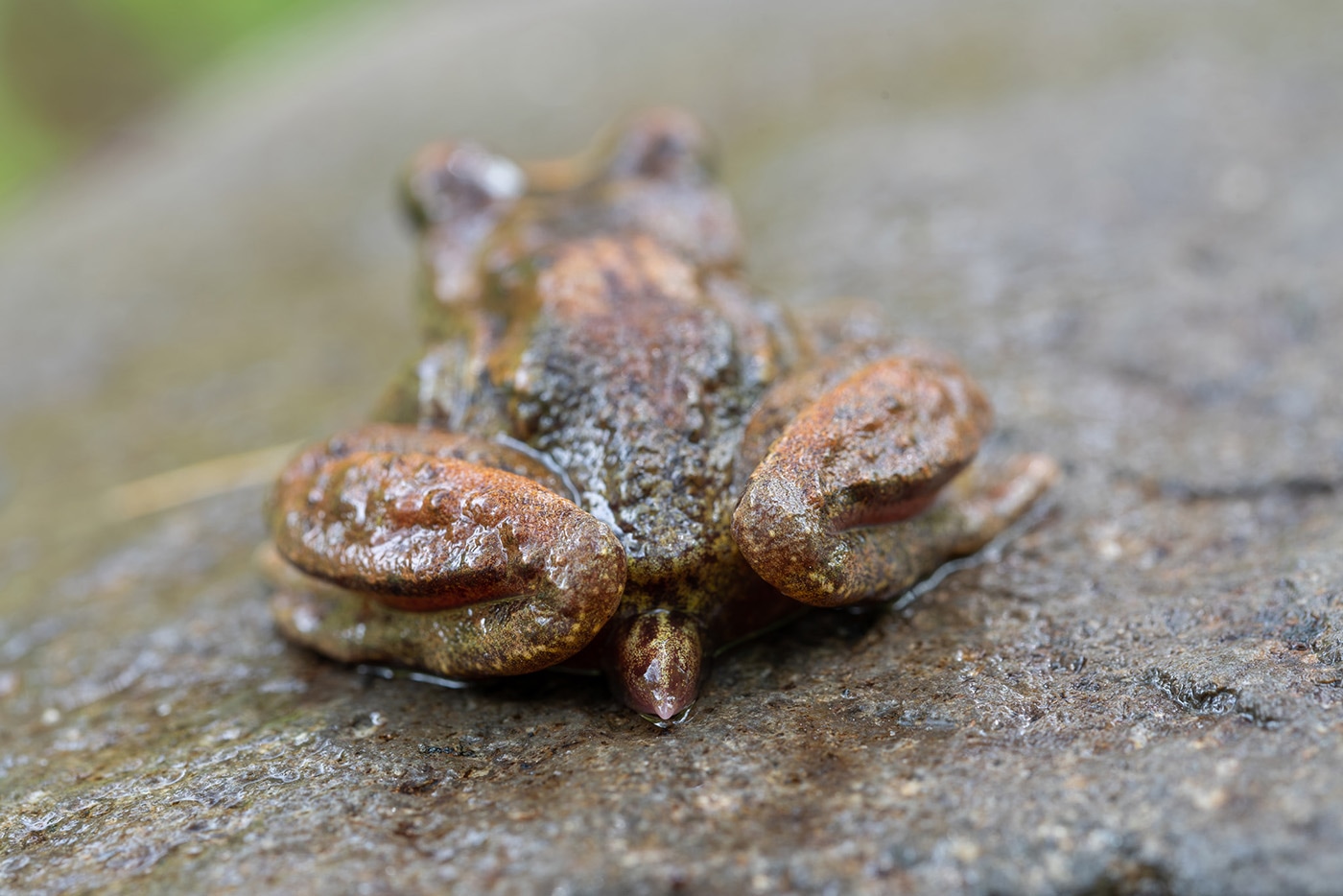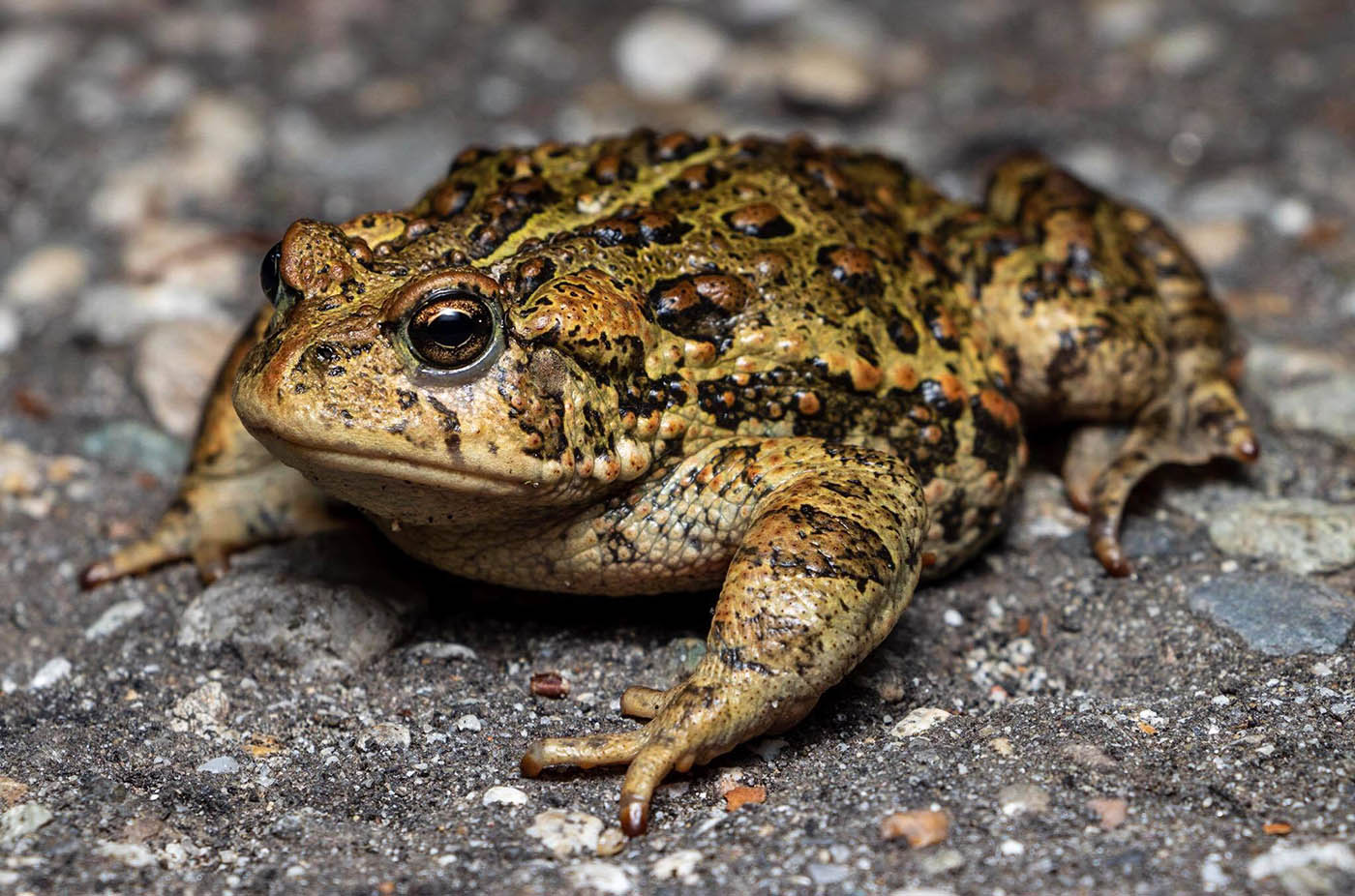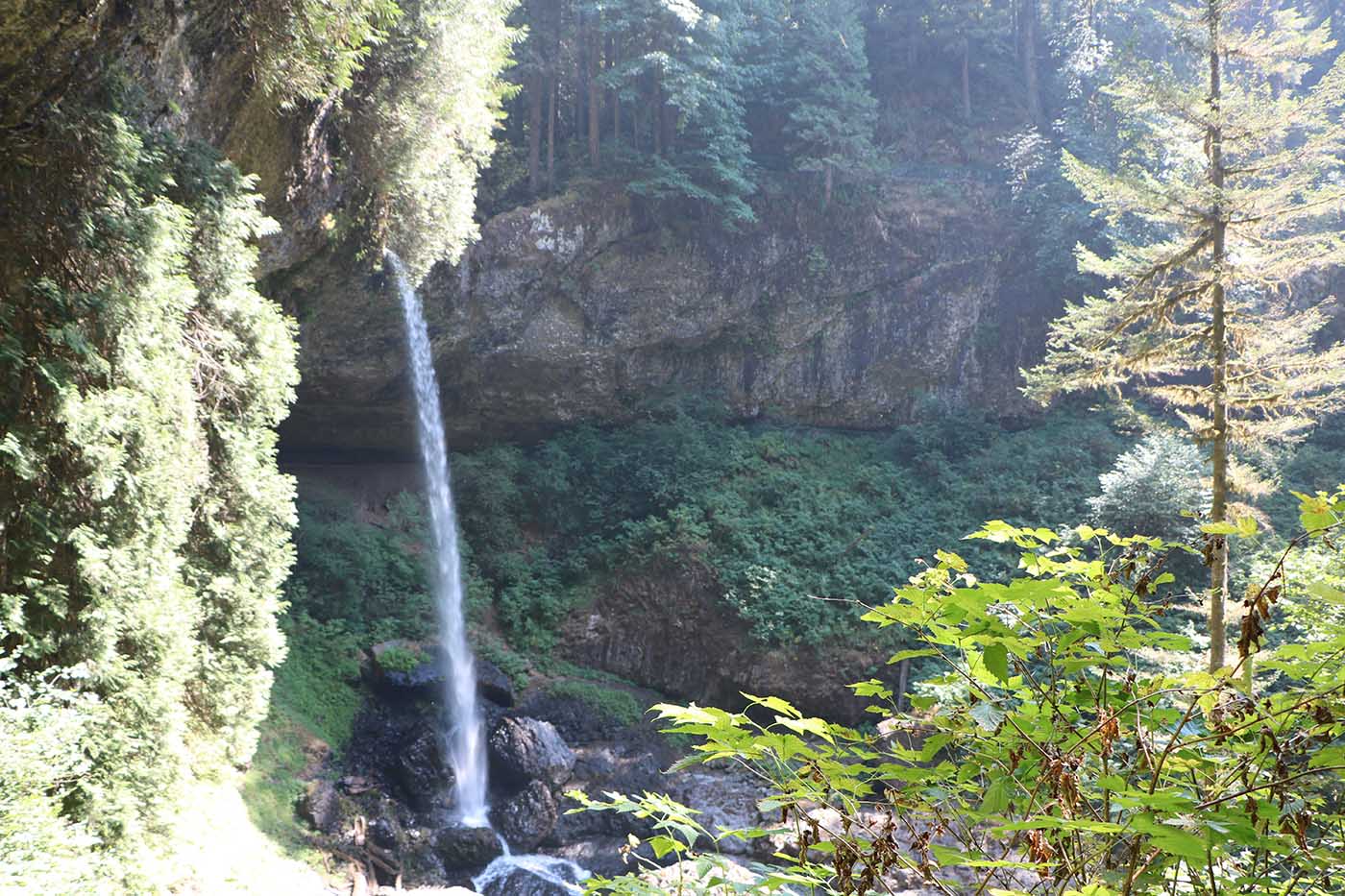Introduction
The Pacific Northwest (which includes Oregon, Washington & British Columbia) is home to a myriad of unique species of frogs and toads and, with spring on the horizon, now is the perfect time to keep your eye out for these charismatic amphibians. Many of these frogs are masters of camouflage and can be hard to find if you don’t know what to look for. This article will serve as a quick guide to help you begin a frog spotting adventure in the Pacific Northwest!
Black Butte and wetland, central Oregon
Pacific Treefrog (Pseudacris regilla)
The Pacific Treefrog (also known as the Pacific Chorus Frog) is the only treefrog found in the Pacific Northwest. Often found around human development, these frogs are quite small, growing up to 5 cm in length. Pacific Treefrogs are variable in color ranging, even in the same individual, from various shades of brown to bright green. This species can be identified by its dark brown or black “mask” that runs across the head, covering the eye, as well as their sticky, circular toe pads indicative of a climbing lifestyle. Pacific Treefrogs are most commonly found in forested areas surrounding bodies of fresh, still water. Pacific Treefrogs are most active in the spring and summer, with breeding generally taking place in fish-free ponds in March through June.
Pseudacris regilla photos by Lillian Crossman.
Northern Red-legged Frog (Rana aurora)
Another common frog species you are likely to come across at your local marsh is the Northern Red-Legged Frog. This frog comes in various shades of brown and red and can achieve a length of up to 10 cm. Named for its signature bright red inner and under legs, the Northern Red-Legged Frog can be reliably distinguished from the similar-looking Oregon Spotted Frog (Rana pretiosa) by the presence of a yellow or pale green patch on the hip, just anterior to the hind legs. This species is active for most of the year from late February through October, with breeding occurring in late winter through early spring. These frogs are most commonly found in and around fish-free bodies of fresh, still water, especially those in more open areas exposed to sunlight.
An exceptionally colorful Rana aurora. Photo courtesy of Julia Kirby
Note the identifying hip patch of Rana aurora. Photo courtesy of Aleesha Switzer of the Fraser Valley Conservancy.
Oregon Spotted Frog (Rana pretiosa)
This rare anuran is similar in size and appearance to the Northern Red-legged Frog, but possesses slightly more upturned eyes and lacks the yellow/green hip patch. Oregon Spotted Frogs are predominantly aquatic and can be found in and around permanent ponds and small lakes. Breeding occurs in late winter, as soon as the ice melts, through early spring. The Oregon Spotted Frog is active throughout the warm months of the year, late February through October and sometimes into November, and will hibernate in the mud when temperatures get too low.
Rana pretiosa on a sunny day. Photo courtesy of Dr. Stephen Nyman
Coastal Tailed Frog (Ascaphus truei)
Thanks to its vertical pupils and the male’s tail-like protrusion from the cloaca, the Coastal Tailed Frog is unique, making it easy to identify. These frogs range in color from pinkish-brown to black and max out at a length of about 5 cm. The male Coastal Tailed Frog’s “tail” is used for internal fertilization of the female during breeding, which takes place in mountainside creeks during the fall. Females will retain the sperm until the following summer when spawning occurs.
Ascaphus truei photos courtesy of Joshua Wallace.
Western Toad (Anaxyrus boreas)
The Western Toad has all the qualities of a typical toad: warty skin, a predominantly terrestrial lifestyle, and a large toxin-exuding parotid gland just posterior to each eye. Western Toads reach a maximum length of around 12 cm and have a base color that can be any number of shades of green, yellow, black, or brown. The presence of a pale dorsal stripe is a reliable way to identify this toad. Outside of the breeding season, Western Toads are most active at night, occurring in a variety of habitats including meadows and forests. Breeding takes place in the spring when female Western Toads deposit long strings of eggs in shallow ponds that are then fertilized by the male. Western Toads are active for most of the year, depending on the weather, and can be out of hibernation from January through October.
A large Anaxyrus boreas. Note the large parotid gland behind the eye and the pale dorsal stripe. Photo courtesy of Andrew Nydam.
American Bullfrog (Lithobates catesbeianus)
An invasive species most likely introduced through frog farming, the American Bullfrog is quickly differentiated from the native frogs of the Pacific Northwest due to its large size. This robust frog reaches lengths of over 20 cm and occurs in various shades of green and brown. American Bullfrogs can be easily identified by their large, circular tympanums (eardrums), which are clearly visible behind each eye.
The American Bullfrog is predominantly aquatic and seldom leaves the marshes, ponds, and ditches in which it is commonly found. Females deposit very large clutches during the breeding season, which generally takes place from May through early August. Acclimated to the colder temperatures of its native range, the invasive American Bullfrog often does not fully hibernate in the Pacific Northwest, but is most active throughout the warmer months of the year.
American Bullfrogs pose a threat to native frogs due to their impressive size, which enables them to outcompete and prey on native species.
American Bullfrog photo courtesy Wes Deyton
References
Bury, R. B., & Whelan, J. A. (1985). Ecology and Management of the Bullfrog. Washington, D.C.: U.S. Dept. of the Interior, Fish and Wildlife Service.
Fisher, C. C., Joynt, A., & Brooks, R. J. (2007). Reptiles and amphibians of Canada. Edmonton, AB: Lone Pine Publ
North Falls, Silver Falls State Park, Oregon. Photo by SAVE THE FROGS! Founder Dr. Kerry Kriger
Continue Your Learning
If you made it this far, chances are that you love frogs. We encourage you to encourage your learning in SAVE THE FROGS! Academy.
You can gain full access to SAVE THE FROGS! Academy when you become a SAVE THE FROGS! Member or Scholarship Recipient. Or you can easily get 28 days free access.

About The Author: Lillian Crossman
Lillian Crossman studies Applied Animal Biology at the University of British Columbia. She has been passionate about frogs and other amphibians from a very young age. In addition to keeping her own amphibian pets, Lillian is a vocal champion of their wild conservation and of environmentalism in general. After graduating, Lillian hopes to pursue a career in herpetological wildlife biology to further work towards researching and preserving the Earth’s amphibians and reptiles.


